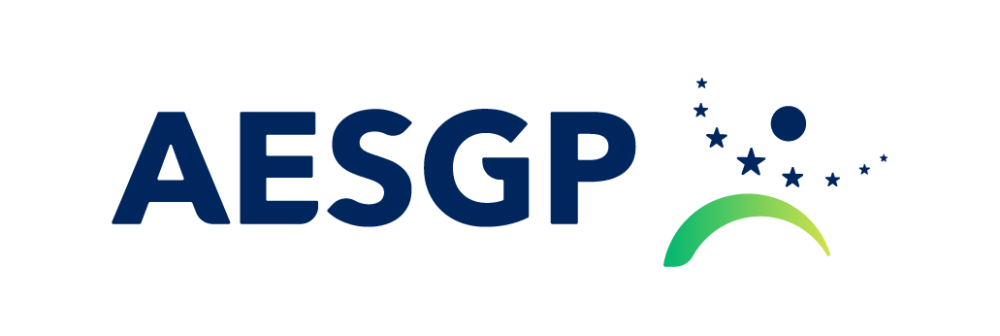AESGP, EFPIA and Medicines for Europe publish joint recommendations for better patient information leaflets
Brussels, 17 April 2024 – The European pharmaceutical industry, represented by AESGP, EFPIA, and Medicines for Europe, has joined forces to enhance the content of medicinal product information leaflets, prioritising patients’ needs. These associations have put together key recommendations to improve leaflet content and accessibility, thus advancing health literacy.
Information leaflets are an essential tool for informing patients about the safe and effective use of medicines. Critics often point out the lengthy and complex nature of these documents. However, it is important to recognise that their structure and content are regulated and undergo rigorous assessment in the European Union, necessitating approval by competent authorities.
Despite the legislation, there has been a persistent demand for more patient-focused leaflets, a need first identified in a report by the Netherlands Institute for Health Services Research (Nivel) published in 2015. This call for change has been reiterated in various workshops and direct interactions organised by Industry with patients, caregivers and user testing companies. These interactions have resulted in a series of recommendations, some of which require legislative change to become a reality.
Key recommendations for improvement:
Drawing on the Nivel report and direct input from patients, caregivers, and user testing companies, AESGP, EFPIA and Medicines for Europe propose a series of actionable recommendations:
- Create clear and informative leaflets that not only inform but also engage patients, encouraging correct use of medicines.
- Condense content into shorter, patient-relevant formats, ensuring essential information is easily digestible.
- Tailor information to focus on patient-relevant aspects, using accessible language to minimise text volume and maximise clarity.
- Adopt clearer layouts and structures to improve readability and comprehension.
- Reduce repetitions by addressing elements across different sections of the leaflet, enhancing coherence and flow.
- Incorporate visual alongside text to aid comprehension and engagement.
- Have in future legislation the detailed requirements on the content of the leaflet included in the Annex to the Directive, to facilitate better possibilities to update it.
- Establish readability guidelines to consolidate existing guidance documents for consistency and clarity.
- Implement user testing improvements, e.g. the regulatory authorities Quality Review of Documents (QRD) template’s wording should not be mandatory if simpler, alternative phrasing is clearer to the general public.
Only leaflets that are read and understood can contribute to the appropriate, safe and effective use of medicines. AESGP, EFPIA, and Medicines for Europe look forward to the adoption of these recommendations. Combined with the development and implementation of digital leaflets, this collective effort will not only empower patients, but also improve compliance, and ultimately lead to improved healthcare outcomes for all.
Documents
- AESGP, EFPIA and Medicines for Europe Joint Position Paper on Patient Information Leaflets
- AESGP, EFPIA and Medicines for Europe Joint Press release (17 April 2024)
